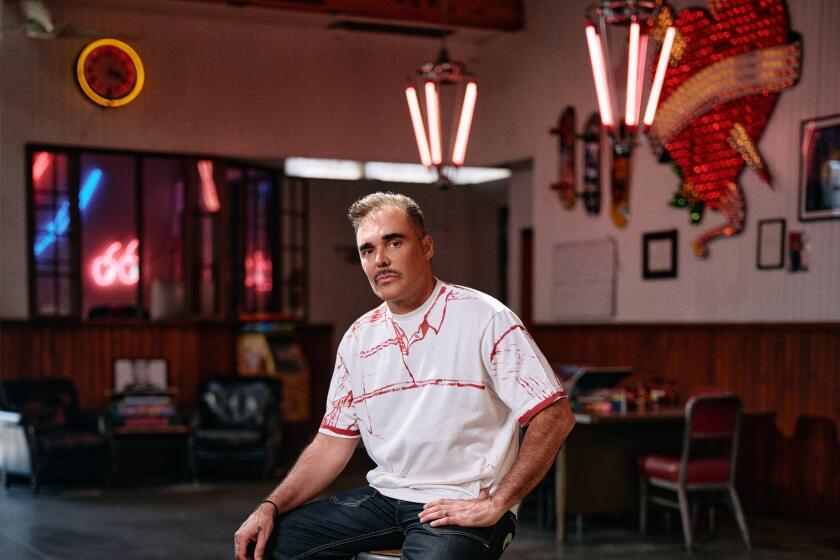Hanukkah, the Torah and ‘Unscrolled’
I love Hanukkah. Along with Passover, it’s my favorite holiday -- because it comes steeped in narrative and because it is, essentially, do-it-yourself. Tonight at my house, we will have latkes; we will light the menorah and sing. No intercession is necessary, no interpreter: just my wife, my daughter and myself in direct relation to the miracle of lights.
And what a miracle, that miracle of lights, a story of religious freedom, of fighting for one’s beliefs. 2,200 years ago, the Maccabees stood up to the tyrant Antiochus and recaptured the Temple in Jerusalem, where one day’s supply of oil burned for eight days after they’d lighted the Eternal Light.
These days, we think of Hanukkah as the Jewish equivalent of Christmas, but that’s just another expression of a commercial culture run amok. More to the point, it is a reminder of possibility, the importance of identity and the notion that we all choose, in some sense, whether we will be oppressed or free.
Such issues emerge also in the new book “Unscrolled; 54 Writers and Artists Wrestle With the Torah” (Workman: 376 pp., $18 paper), a multi-part re-imagining of the most essential of Jewish texts.
This is both original and groundbreaking: The Torah (which consists of the first five books of the Bible) is, as editor Roger Bennett reminds us, “typically read in fifty-four sections in synagogues around the world over the course of a lunisolar year.”
Every kid who’s been bar or bat mitzvahed has been assigned a Torah section, and I’ve attended Torah study sessions like those that inspired this book.
Indeed, Bennett is co-founder of Reboot, a group that, through retreats, publications and other projects, explores the nature of contemporary Judaism, on both secular and spiritual terms. (Full disclosure: I attended Reboot’s retreats in 2007 and 2008.)
“Unscrolled” features a bevy of writers -- A.J. Jacobs, Adam Mansbach, Jill Soloway, Ben Greenman -- each of whom takes a Torah portion and reinterprets it in his or her own way.
Sloane Crosley imagines Pharaoh growing increasingly frantic as he searches WebMD for information about the 10 plagues. Rebecca Odes and Sam Lipsyte use comics format to tell the back story of the 10 Commandments; their piece is narrated by Zipporah, Moses’ wife, who wears a shirt declaring: “My husband saw God’s back parts and all I got was this lousy t shirt.”
If that sounds a trifle sacrilegious, it is, but that’s the whole idea: to trace the line where irreverence and reverence merge. This, in turn, suggests what is to me Judaism’s most essential expectation: to ask questions, to push back, to rethink and reinterpret -- as a way of keeping the traditions alive.
Such an intention is woven into the fiber of “Unscrolled,” as it is a part of Hanukkah itself. Or, as Aimee Bender reminds us in her gloss on the story of Noah, “We try and try. Try to communicate. Try again. Misunderstand again.”
ALSO:
Young people prefer printed books to e-books, survey finds
More to Read
Sign up for our Book Club newsletter
Get the latest news, events and more from the Los Angeles Times Book Club, and help us get L.A. reading and talking.
You may occasionally receive promotional content from the Los Angeles Times.










